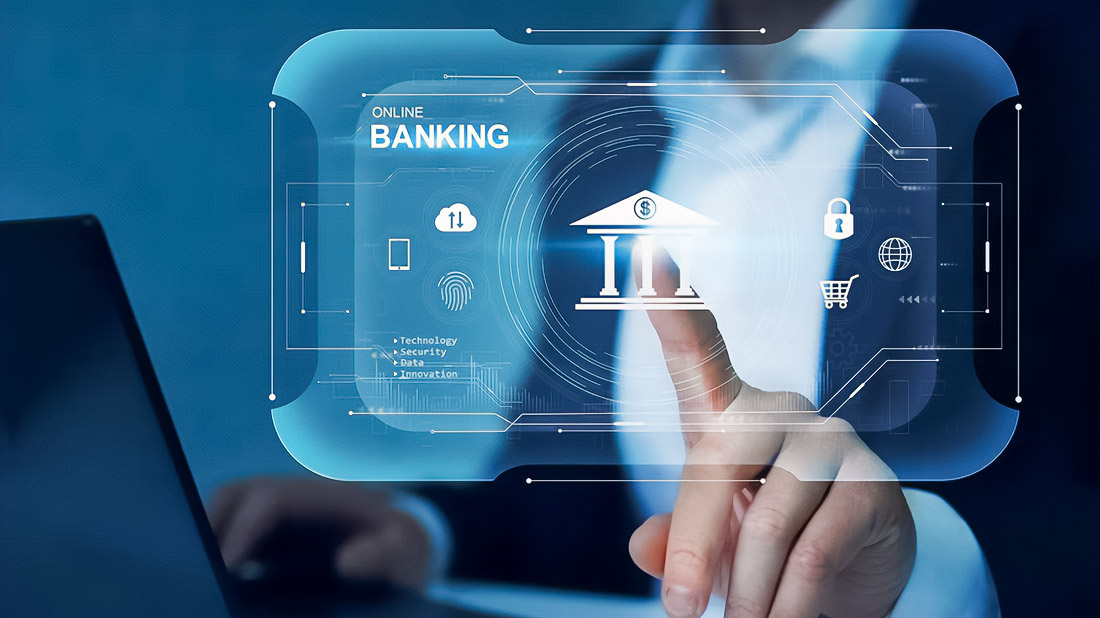In the modern world, financial stability becomes the basis of high-quality life and well-being. About 2 billion people around the world do not have access to banking services. This is a serious problem, especially for people with low income, who face limitations in access to financial resources, which harms their economic growth and development. In such a context, credit cards appear not only as a simple tool for conducting transactions but also as an essential factor of financial inclusion in society. Banks strive to correct this and develop solutions that help improve the financial opportunities of these categories of citizens. For this, some people choose bank credit cards.
Economic Inclusion

Local banks start offering targeted programs for people with low income and unique conditions:
- “Bank A” offers cards with interest rate, reduced twice compared to market, and symbolic annual fee within 150 rubles.
- “Bank B” provides cashback on purchases of up to 5% in grocery stores, which allows clients to return up to 2000 rubles per month.
- “Bank C” develops loyalty programs, bringing up to 5000 points monthly, which can be exchanged for real goods and services.
These initiatives lower threshold requirements to income for obtaining credit cards, allowing about 30% of previously refused card people to use such opportunities.
Wide Opportunities of Credit Cards
The use of credit cards provides a person with limited income with many significant advantages:
- Improvement of credit history: Payments without delays form a positive credit reputation, which makes future loans more favorable.
- Access to additional funds: The possibility of lending up to 50,000 rubles can allow you to cover unforeseen expenses or invest in large purchases, such as household appliances.
Risks and Potential Problems
Financial stability helps reduce risks, associated with credit cards. However, credit cards for people with low income also come with risks:
- Risk of debt: More often people cannot timely pay their debts. More than 40% borrowers face delays.
- High interest rates: Even reduced bank rates can remain a high financial burden.
This can create debt trap, and more than 25% users of credit cards experience difficulties in returning credits.
Successful Cases: Bank G and Bank D
Some banks implemented programs, the success of which was confirmed by many users:
- “Bank G” offers free consultations on financial management, already more than 75% clients used this service.
- “Bank D” developed an alert system, reducing the number of delayed payments by 30% since the beginning of 2023.
Recommendations for Improvement and Future Perspectives
To improve the quality of offers, banks recommended:
- Constantly reduce interest rates and decrease commissions to increase accessibility of services.
- Develop programs of financial literacy, which allow clients to become more responsible borrowers.
- Innovative financing solutions offer flexible conditions of debt repayment, which will reduce financial load on client budget.
Financial inclusion is important part of economic equality. Thanks to efforts of banking institutions in development and improvement of credit programs, every person gets chance to improve level of their well-being. Financial inclusion – this is step to creation of fair society, in which everyone has opportunity for bright future.

Skier, doer, record lover, Bauhaus fan and proud pixelpusher. Working at the fulcrum of simplicity and purpose to develop visual solutions that inform and persuade



